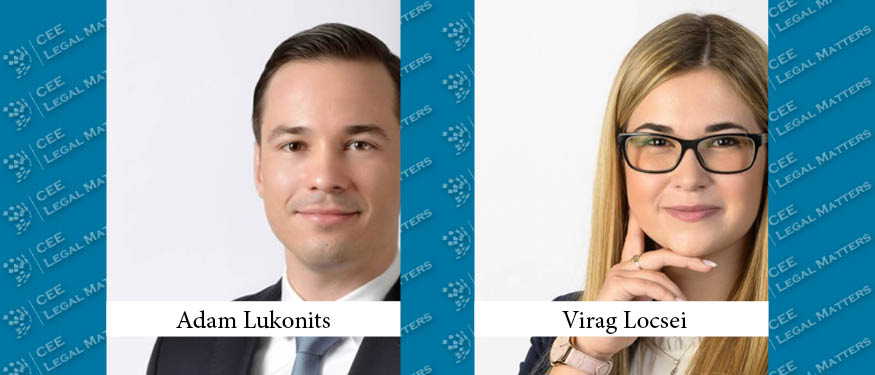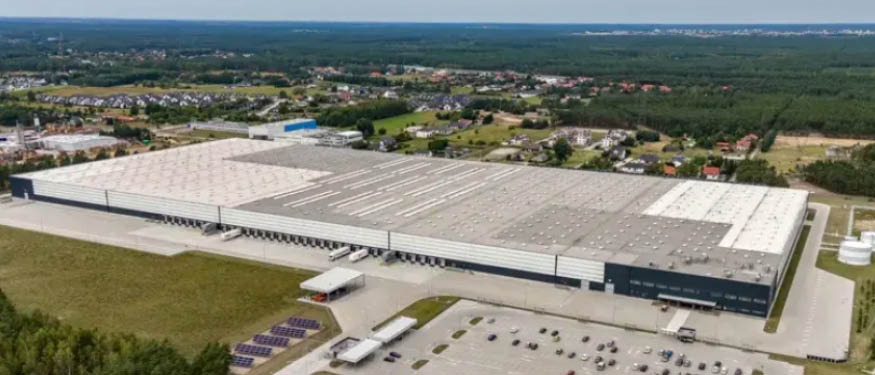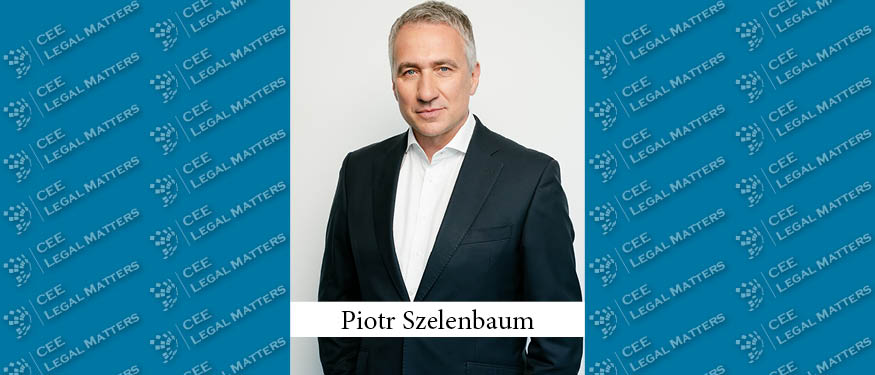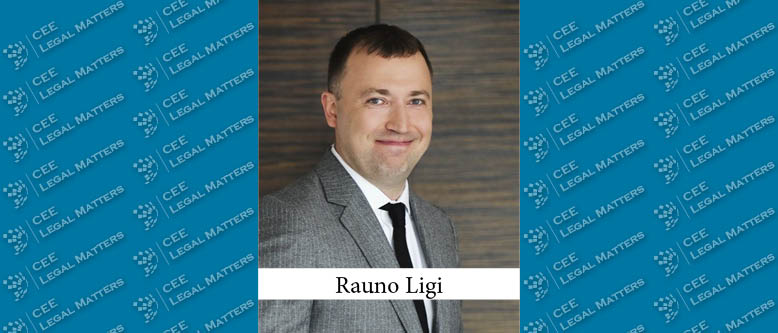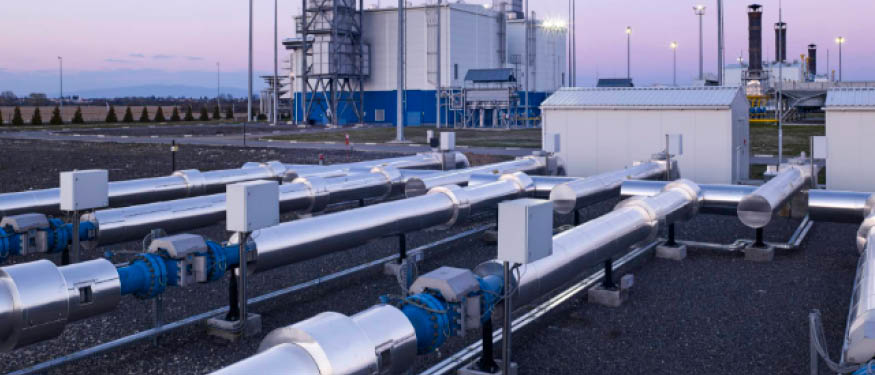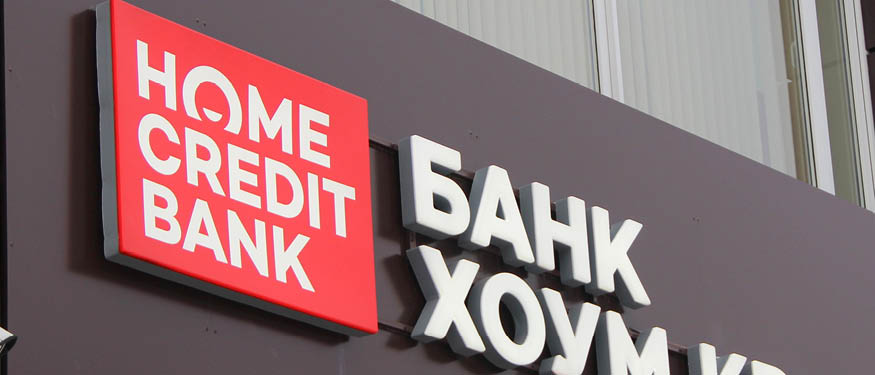The expansion of renewable energy sources, particularly photovoltaic (PV) systems, has been a cornerstone of Hungary’s strategy to diversify its energy portfolio and achieve sustainability objectives. However, the inherent variability of solar power generation presents challenges for maintaining grid stability and ensuring a reliable electricity supply.
To address these challenges, the development of battery energy storage systems (BESS) co-located with solar power plants (i.e. cable pooling) has become increasingly important. Until now, however, the co-located BESS systems have been under-regulated and the numerous divergent and grey-zone practices have created uncertainty in the market, hindering the development of such systems. The changes introduced last week finally clarify and establish key steps for such developments.
Historically, Hungary’s regulatory framework did not provide clear guidelines for the integration of co-located BESS projects. This lack of specific regulation created uncertainty for investors and developers, hampering the widespread adoption of these energy storage solutions. While the concept of electricity storage was introduced into Hungarian law earlier, comprehensive policies to support the deployment of co-located BESS systems were lacking. Recent regulatory developments, particularly the amendments to the Hungarian Electricity Act and the subsequent updates to the Hungarian Transmission System Operator MAVIR’s Operational Code, have now established a more accommodating framework for the deployment of these systems. These regulatory advancements provide much-needed clarity and support for the development of co-located BESS projects. This approach not only enhances grid stability but also maximises the utilisation of renewable energy, contributing to a more resilient and sustainable energy system.
Key regulatory developments
The Hungarian Electricity Act was amended in early 2025 to include regulations concerning the shared use of producer lines and grid connection points by multiple power plants or BESS systems, each with a nominal capacity of at least 0.5 MW and owned by different entities. These rules mandate that such entities must establish an agreement governing the shared usage of the producer line and the grid connection point. However, the detailed regulations governing such usage – particularly the connection of generation or BESS assets owned by different entities to the same grid connection point – were not adequately addressed, leaving a grey area in the regulatory framework.
To address this, last week MAVIR, introduced amendments to its Operational Code to facilitate such co-location arrangements. These amendments allow third-party entities to connect generation or BESS assets to the grid using the grid connection point and feed-in capacity allocated to the original grid connection point owner. This co-located grid connection procedure is structured along the following key steps:
(a) Concluding a grid connection sharing agreement: The parties must enter into an agreement regarding the use of the shared producer line and grid connection point. The duration of such an agreement must be a minimum of 5 years and the law specifies the minimum content requirements for agreements regarding such shared use.
(b) Notifying HEPURA of the conclusion of the grid connection sharing agreement: The parties must notify the Hungarian Energy and Public Utility Regulatory Authority (HEPURA) of the conclusion of the agreement by submitting it to HEPURA. In the grid connection procedure, this notification must also be verified.
(c) Method of the system usage fee allocation: The parties must decide how the system usage fees will be allocated and paid. The fees can be settled between the parties themselves or the two separate entities may each settle independently with the relevant network operator based on the metering installed at the grid connection point.
(d) Method of capacity utilisation: The parties must outline how the available capacity at the grid connection point will be jointly utilised, taking into account any feed-in capacity limitations.
(e) Preparing a single-line diagram: A schematic, including the interface point (in Hungarian: “kapcsolódási pont“) of the BESS asset and the shared grid connection point, must be submitted to the competent network operator. This schematic must be suitable for the preparation of the technical-economic information sheet (in Hungarian: “műszaki-gazdasági tájékoztató“).
(f) Declarations from the operator: If the operator of the shared producer line and the grid connection point differs from the entity entitled to the available feed-in capacity, declarations confirming the operator’s awareness of the co-location request and the safe operability of the shared infrastructure following the implementation of the BESS asset are also required.
Implications for stakeholders
In summary, the foregoing changes are extremely important for the development of BESS systems, as they aim to clarify the previously divergent practices and uncertainties and establish a procedural framework that supports – and give a boost to – their development. This is especially important for maintaining grid stability, as these systems store excess energy produced during peak sunlight hours and release it during periods of high demand or low generation, thereby smoothing out fluctuations and enhancing the dispatchability of renewable energy.
Additionally, integrating BESS systems with renewable energy projects presents stakeholders – including developers, investors, utilities and local communities – with a range of operational, financial and regulatory considerations. For developers and investors, co-location can improve project economics by utilising existing grid connections and optimising land use, potentially reducing capital expenditure. However, this approach necessitates detailed planning to address technical challenges, such as ensuring compatibility of electrical connections and managing the complexity of grid-sharing agreements when multiple entities are involved. These agreements must clearly define responsibilities for maintenance, capacity usage and liability allocations, in order to prevent disputes and ensure smooth operations. Furthermore, developers must navigate regulatory requirements, including securing the appropriate licenses and adhering to evolving legislation governing energy storage and grid integration.
Therefore, while these developments present significant opportunities, they also introduce complexities. The novelty of the regulations and the presence of unresolved issues necessitate careful navigation. Stakeholders must adapt to a rapidly evolving regulatory landscape, where recent amendments have introduced new requirements and procedures that can be challenging to interpret and implement. These changes, along with the evolving nature of the regulations and the presence of certain grey areas, highlight the importance of informed legal guidance. We remain available to offer tailored assistance to stakeholders as they navigate this evolving regulatory environment, helping them to understand and comply with these new requirements and supporting the smooth implementation of their projects.
By Adam Lukonits, Senior Associate, and Virag Locsei, Associate, Wolf Theiss

